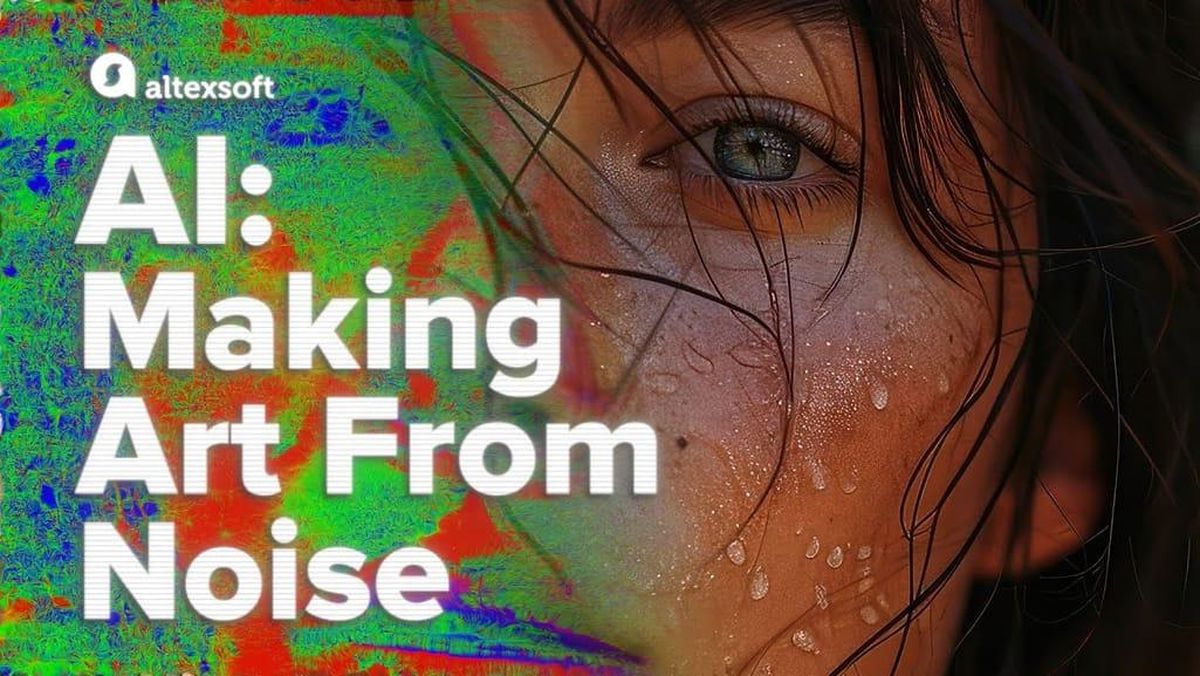Artificial intelligence (AI) is rapidly transforming various industries, particularly the world of art and image generation. With advancements breaking boundaries, artists and tech enthusiasts are grappling with the ethical ramifications of integrating these technologies. A deep exploration of generative AI reveals both its astounding capabilities and the ethical dilemmas it poses.
Generative AI, the branch of AI focused on creating new content, is redefining how artists and everyday users approach their work. From image editing tools like Photoshop employing AI-driven features to generate creative enhancements, to high-profile AI platforms such as Google’s Gemini and Meta’s AI models, the influence of AI can hardly be underestimated.
The rapid adoption of generative AI bills for discussion on ethical guidelines, primarily as it continues to permeate daily life. How do artists set boundaries? Where does the line blur between genuine artistic creation and AI-assisted outcomes? A swift glance back at the recent progress is necessary.
The technology has made it easier for users to engage with AI tools, but it’s stirring concerns. One prominent issue is using copyrighted images for training AI. It raises the question of fair use - can AI utilize copyrighted materials as part of its training without compensations to the original creators? Various lawsuits, including one from Getty Images against Stability AI, are pushing back on the claims made by AI companies. They argue it should fall under fair use, akin to education and research, yet the stakes climb as software companies draw huge profits from these endeavors.
Similarly, the line between replication and inspiration is becoming increasingly ambiguous. Since generative AI algorithms are largely trained on existing works, they frequently skirt the edges of originality. While some platforms have rules preventing users from prompting for images directly associated with recognized artists, the loopholes seem straightforward to navigate. This creates issues of copyright infringement even before users may realize it.
A notable example demonstrates how potential pitfalls extend to well-known brands. Reports have surfaced of AI generating images with recognizable logos or characters without any permission, effectively importing aspects of trademarks without accountability. Such occurrences raise alarms across industries, where intellectual property remains vulnerable.
Adding another layer of concern, new AI technologies like deep fakes are making it easy for individuals to fabricate misleading images. AI instruments can generate realistic images of people, albeit without consent. While some companies integrate safeguards, many others remain alarmingly unregulated, leading to the proliferation of misleading content.
Disclosures about whether images were AI-generated or edited also generate ethical questions. Passing off AI-created materials as original art is categorically inappropriate. Yet, the gap between manipulating existing art and entirely generating new pieces can be murky.
Technology firms are attempting to bridge this gap via initiatives aimed at segmenting original works from AI-generated content. For example, the Content Authenticity Initiative is working to enable tools identifying whether images are AI-generated by analyzing the metadata. Such technologies could prove pivotal if adopted widely, staking ground for clearer ethical discussions.
Artists also need to navigate the integrity of their work. The complex question of combining original photography with AI-generated elements continues to arise. How much AI involvement converts original photography to graphics or digital art? The community of artists finds itself needing to navigate these ethical waters actively.
At its core, proper terminology aids these discussions. What do we call works wholly created by AI? Are we still comfortable using the term 'art'? Until consensus emerges, discerning between 'generated content' and 'art' holds significant importance.
To highlight the competing capabilities between different AI models, let’s turn to Google’s Gemini and Meta’s AI, which present themselves as formidable competitors against OpenAI's ChatGPT. Testing various prompts reveals nuanced differences between their outputs, sparking conversations about which model can handle specific tasks more adeptly.
During direct comparisons, Gemini AI and Meta’s approach to coding, ethics, and creative storytelling provide fascinating insights. For example, when prompted to write Python scripts, Meta AI excelled by not only delivering the code but also offering insights on it. Both models showed proficiency with mathematical queries, marking their performance as equal.
Creative tasks presented varied results; Meta AI reportedly evoked more warmth and depth compared to Gemini AI's response. Meanwhile, tasks brushing the surface of ethical reasoning showcased Meta AI's depth by integrating broader societal insights.
Language translations presented another intriguing challenge: Gemini AI’s straightforward approach triumphed over Meta’s multiple versions which, though informative, could leave users perplexed.
When it came to emotional intelligence and human-like responses, Meta AI once again stood out, offering more detailed and considerate answers compared to its counterpart.
Summarizing these tests reveals Meta as the strong preferred choice among users. The results of the comparisons sparked intrigue about the ways these tools can be utilized, pushing conversations forward about their roles and responsibilities.
Reflection upon the present scenario encompassing AI technology discusses the balance between utility and ethical obligations. Navigable discussions about copyright laws, potential misuse, and the gray areas surrounding creativity should aim to carve pathways toward clarity as generative technology progresses. Addressing these questions forthrightly may lead to policy changes or new regulations shaping the future. While the potential of AI appears boundless, it should not eclipse the demands for ethical standards within its burgeoning applications.




